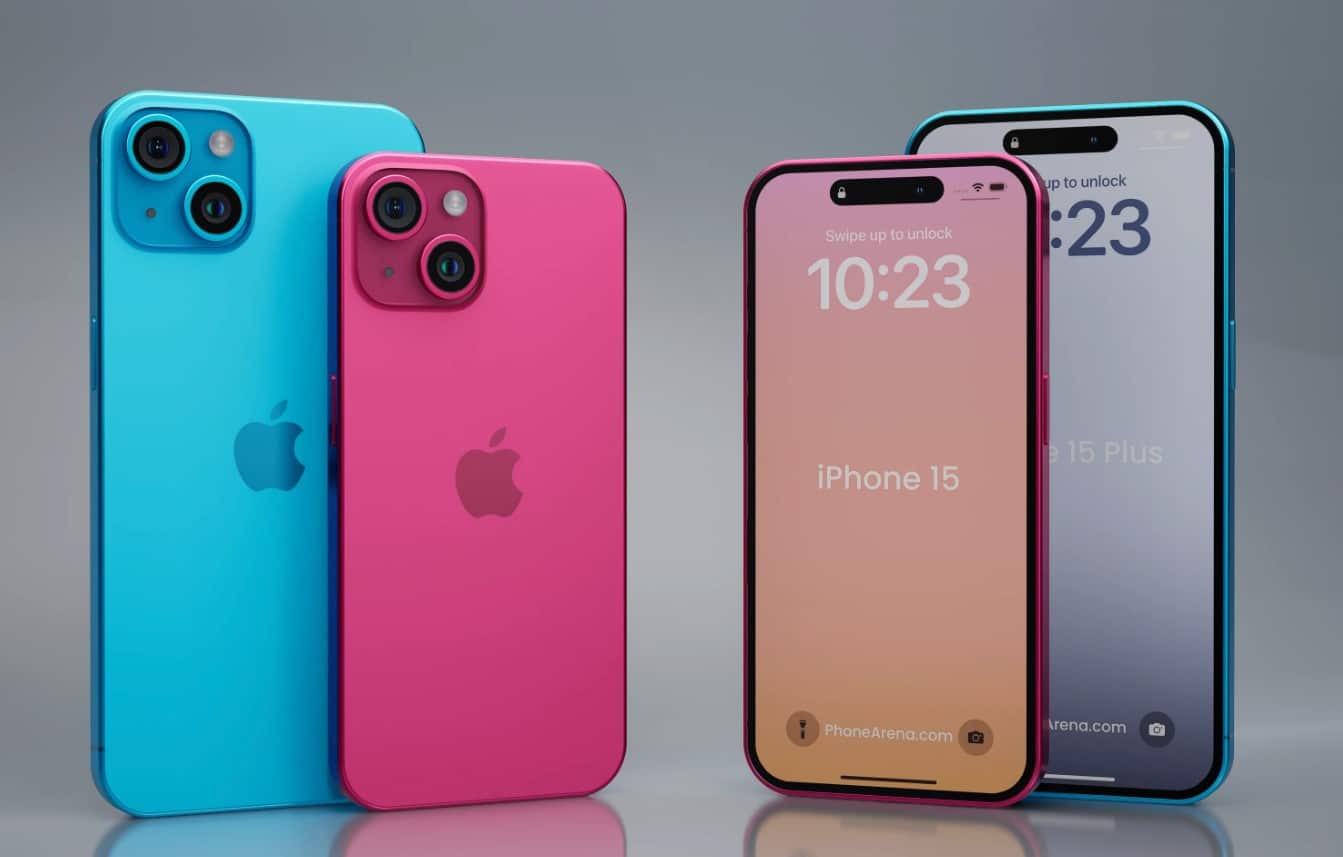Highlights
- Apple’s iPhone 15 makes a significant shift from the Lightning connector to USB-C.
- The move is largely influenced by European regulations advocating for USB-C adoption.
- Unlike the previous transition to the Lightning port, USB-C is already familiar to many tech users, making this change smoother.
On September 12, Apple is set to unveil the iPhone 15, marking a significant shift from its traditional Lightning connector to the USB-C port.
Many may recall the uproar from Apple enthusiasts over a decade ago when Apple transitioned from the 30-pin connector to the Lightning port. Users had heavily invested in accessories tailored to the 30-pin design.
The Motivation Behind the Shift
Fast forward to today, we’re on the brink of another major port transformation. However, the reaction is anticipated to be considerably more muted.
The move from the 30-pin connector to Lightning was an Apple-initiated decision, whereas the change to USB-C stems from impending European regulations advocating for USB-C adoption, slated to come into effect next year.
Though Apple may position this change as a user-centric decision, the underlying regulatory push will likely remain unmentioned.

Comparing Past and Present Transitions
When the Lightning connector was introduced with the iPhone 15, it was an entirely new design.
Its introduction necessitated the purchase of new cables and accessories, demanding users to adapt almost entirely. In contrast, the USB-C, although new to iPhones, is familiar to many tech users.
USB-C’s Widespread Adoption
Android smartphones have incorporated USB-C ports for several years now. Some might argue that the USB-C integration could tempt iPhone loyalists to consider Android options. However, the opposite could be just as plausible.
USB-C’s prevalence extends beyond smartphones. It’s featured in many modern-day gadgets, from cars and exercise equipment to gaming consoles and cameras.
The widespread adoption of USB-C means that many potential iPhone 15 buyers are already equipped with USB-C compatible devices and a plethora of cables and chargers.
This familiarity and readiness ensure that the iPhone 15’s adoption of USB-C is poised to be a less disruptive change for consumers.
FAQs
Why is Apple transitioning from the Lightning connector to USB-C with the iPhone 15?
The shift from the Lightning connector to USB-C is in response to impending European regulations that advocate for the adoption of USB-C. While Apple might highlight the user benefits of this shift, the regulatory background plays a significant role.
How does the move to USB-C compare with the past transition from the 30-pin connector to Lightning?
The transition from the 30-pin connector to the Lightning port was a significant overhaul as the Lightning design was entirely new to consumers. In contrast, USB-C, though new to iPhones, is already familiar to many tech enthusiasts, making this change less disruptive.
Will the iPhone 15’s USB-C port be compatible with other USB-C devices?
Yes, the USB-C port is a universal standard. Its adoption in the iPhone 15 means users can use the same cables and chargers they have for other USB-C devices, such as Android phones, cameras, and gaming consoles.
Is there a possibility that the switch to USB-C might influence iPhone users to consider Android options?
While some might argue that the USB-C integration could tempt iPhone users towards Android, the reverse is also plausible. The widespread adoption of USB-C makes transitioning between devices smoother, irrespective of brand preference.
